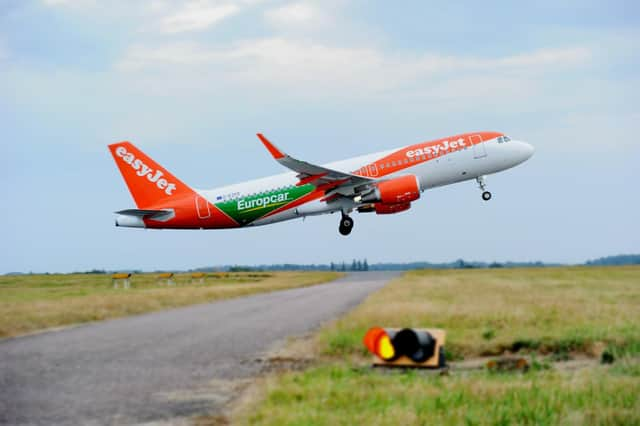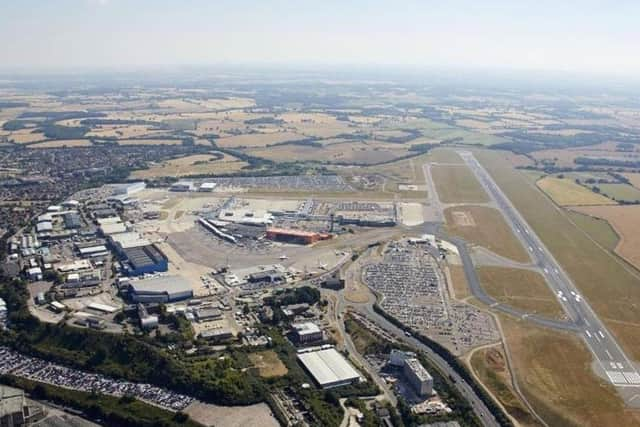Luton easyJet flight aborted seconds from take-off


An easyJet flight out of London Luton Airport had to be aborted just before take-off after a blocked tube caused an instrument malfunction.
The Airbus A319-111, which was only carrying the commander and co-pilot, managed to stop just metres from the end of the runway.
Advertisement
Hide AdAdvertisement
Hide AdIt had been parked at Luton for a month before the flight, on July 13 last year, and the pilots had been briefed on blockage issues with pitot tubes on other aircraft parked for long periods because of the pandemic.


A report just released by the Air Accident Investigation Unit said: "During their briefing they discussed crosschecking the airspeed indications at 80kt and emphasised the need to make any discrepancy of more than 20kt clear to each other. The pushback, engine start and taxi out were uneventful and there were no indications of any instrument malfunctions."
During the acceleration for take-off, the co-pilot noticed his airspeed indication was stuck at 40kt while the commander's airspeed indication was rapidly increasing. The plane was travelling at 120mph when the commander called a halt to the flight which stopped around 350m from the end of the runway. They were then able to taxi the plane back to its stand.
The report said: "Both pilots had done relatively little flying in the three months preceding the event. The commander had flown 12 hours 31 minutes in the preceding 90 days and only 37 minutes in the preceding 28 days. The co-pilot had flown 14 hours 45 minutes in the preceding 90 days and 12 hours 31 minutes in the preceding 28 days. The co-pilot stated in interview that he felt the lack of recency had been a factor in the event.
Advertisement
Hide AdAdvertisement
Hide Ad"The commander, however, felt that the lack of recency had not been a significant issue. Both pilots were aware of an Operational Engineering Bulletin which had been published concerning other blocked pitot events."
Despite weekly checks on the plane during its grounding, debris was found in the pitot tube after the incident.
The AAI report concluded: "Recorded data showed that the calculated airspeed on the co-pilot’s system remained at 0 kt throughout the event and so it is likely that the system was significantly blocked. The engineering checks carried out on the aircraft before and during the parked period all recorded that pitot covers were fitted. It was not possible to determine when the pitot blockage occurred. Conclusion: The aircraft suffered an airspeed discrepancy resulting from a blocked pitot probe. The crew recognised the fault and the takeoff was rejected."